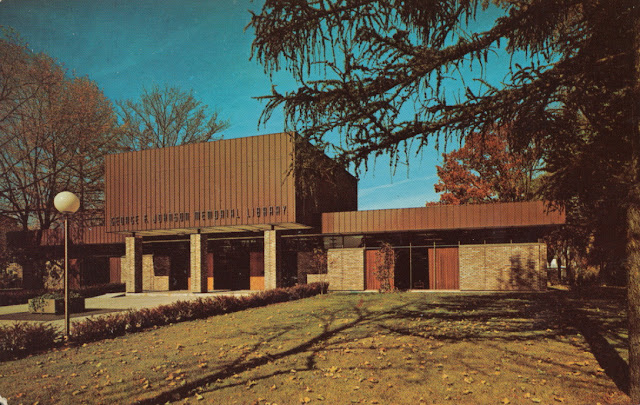

Her cards reminded me that National Postcard Week (May 1-7) is just around the corner. Although you don't need to be as talented as Susanna to participate, you do need to be dedicated enough to produce and send about 150 postcards of your own creation. It's actually pretty easy. The card can be based on a photograph, a drawing - whatever you like - and there are lots of printing services that can print your postcard for you. You email them your design and they send you a box of cards.
Then, you have your name added to the directory, so all the other people can send you their postcards. You can find more information at Postcardcollector.org. And if you don't want to make that kind of a commitment, you can always just have a dozen or two printed and send them to friends and family.























